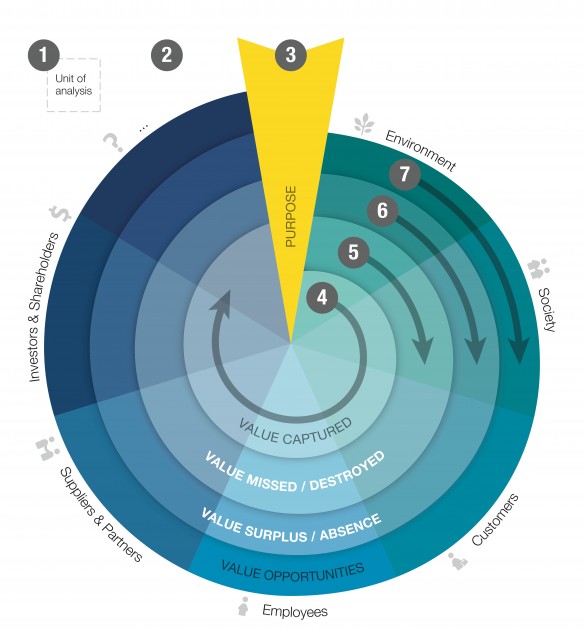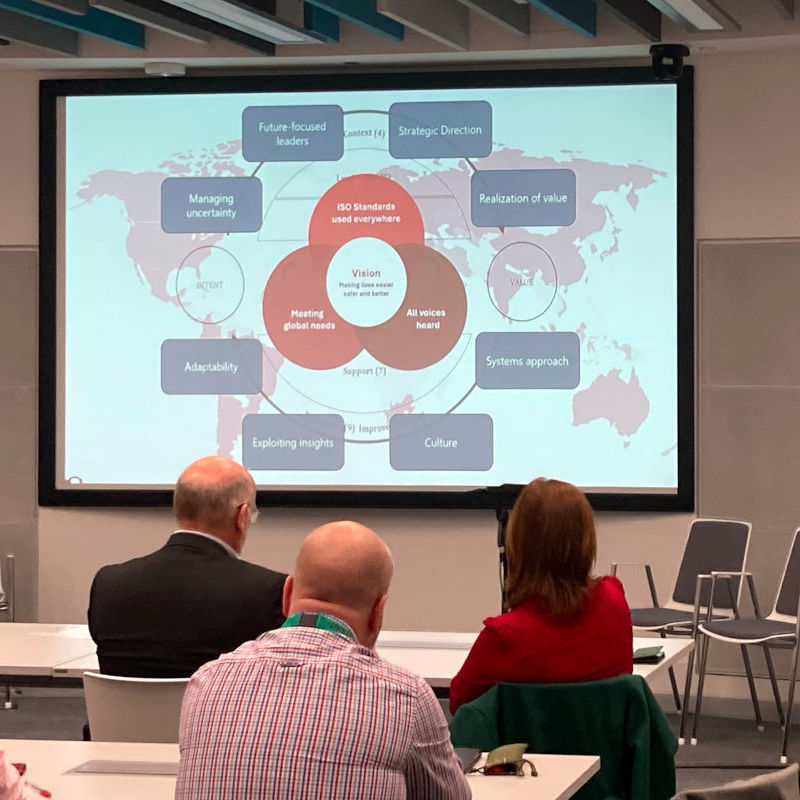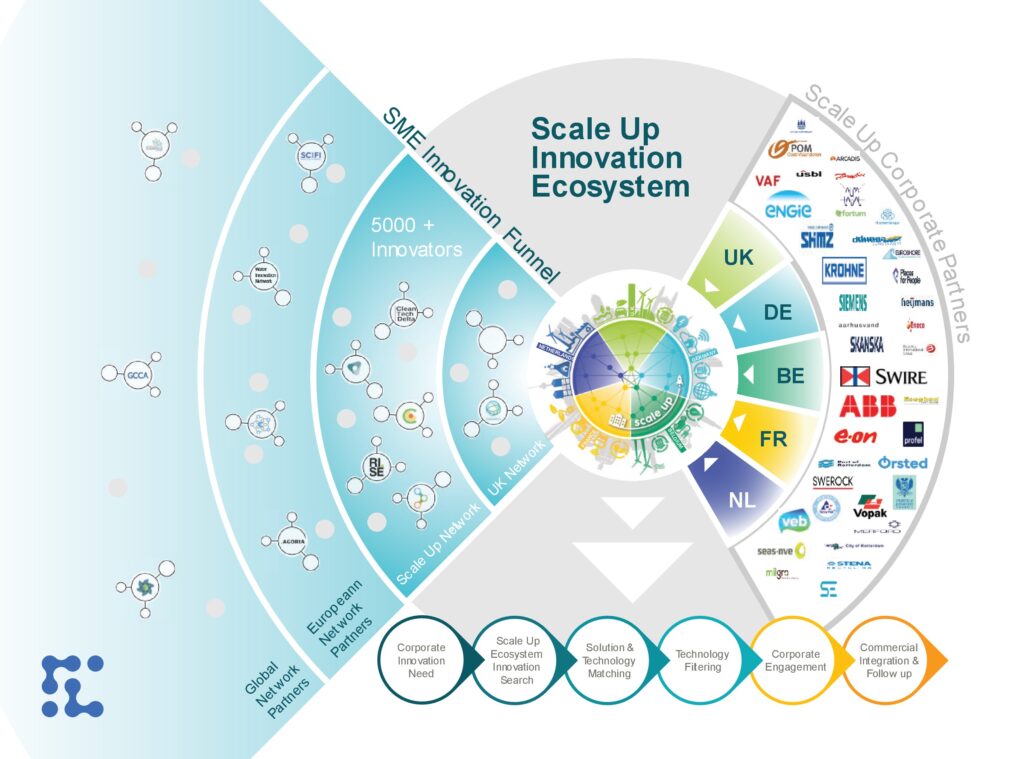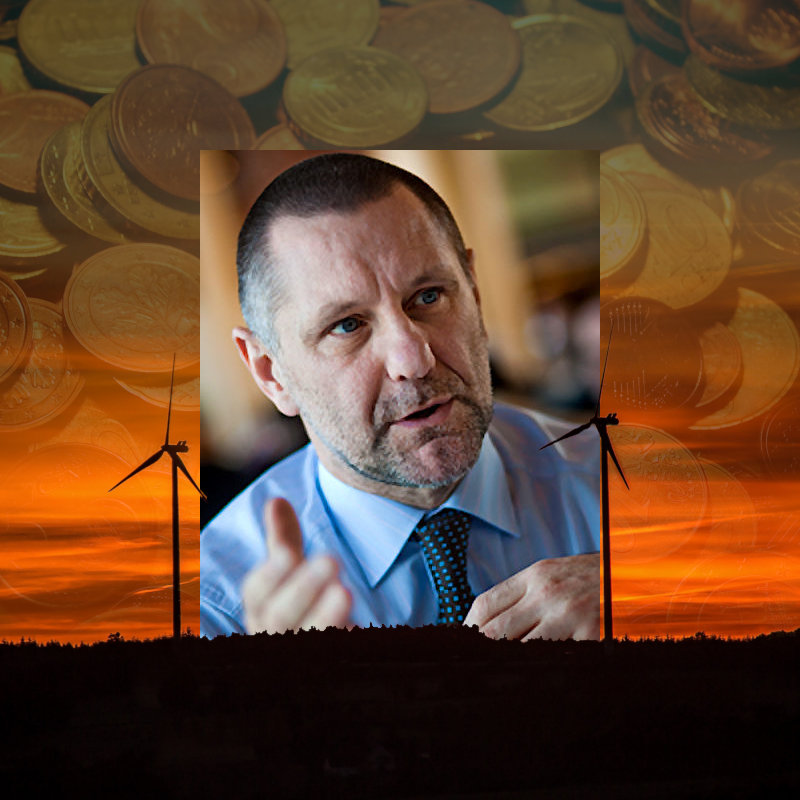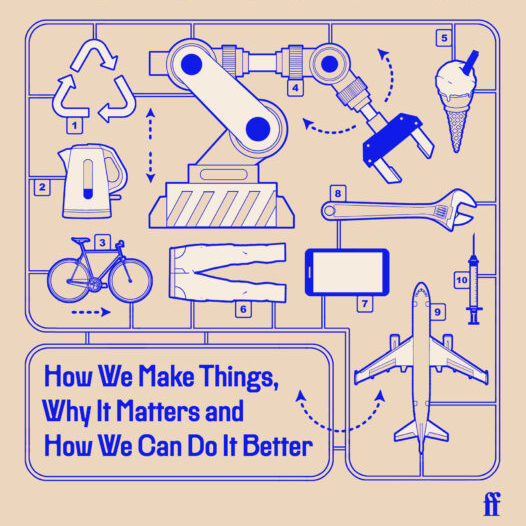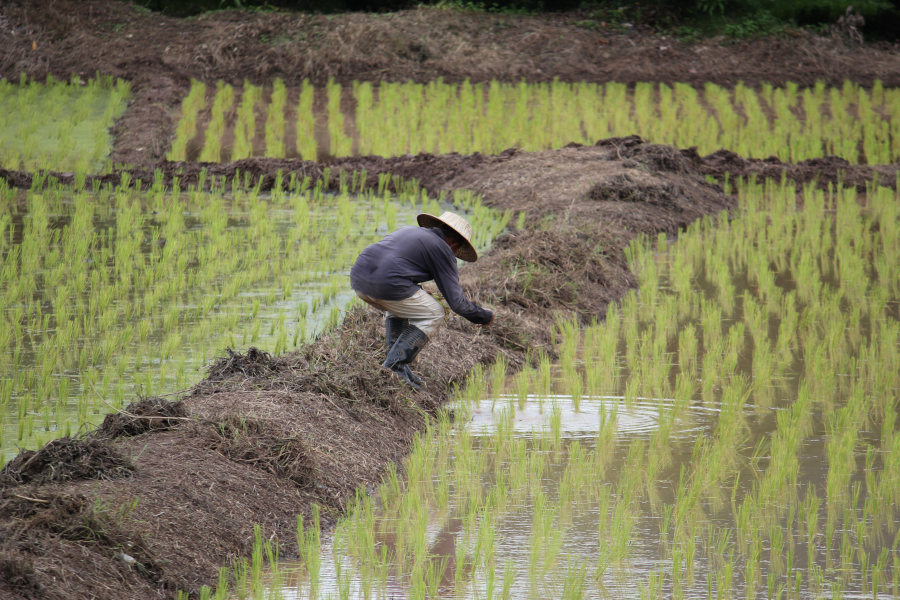As climate risk becomes a metric for valuing organisations, sustainability is becoming integral to business reporting and its importance is increasingly recognised at board level. However, the big transition to a low-carbon economy will come as leaders see how innovation, focussed on sustainability, also offers opportunities for competitive advantage and increased efficiency. This is when disruptive technologies currently in development will emerge as game-changers.
What is meant by sustainability? The best definition is still that from the Brundtland Report of 1987: “Sustainability is development that meets the needs of future generations as well as current generations.”
Those with experience of working in this area have learnt that there are four competencies that organisations need to be good at in order to prepare for a sustainable future:
- Motivation to improve efficiencies
- Commitment to reducing waste by internalising problems and taking control
- Openness to whole system design
- Collaboration and coordination within an ecosystem
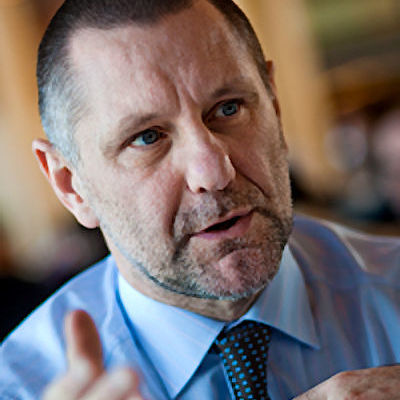
Innovation has key role in shaping a sustainable future
Innovation managers have a key role to play and the urgency of the situation has prompted this focus on ‘Innovation for a sustainable future’.
To better understand the trends and the underlying theories, we interviewed Steve Evans, Director of the Centre for Industrial Sustainability, who says “sustainability is a revolution”.
In this interview, Steve Evans sets the scene. He reviews the urgent need to change the narrative on the energy transition and how determining value will unlock innovation.
The transition to renewable energy is the first step for any corporate carbon-reduction programme. However, it creates a number of challenges around changing mindsets, storage of energy, balancing the grid, new infrastructures and supply chains. Here are some examples of companies that are at the forefront of the energy transition.
How Tesla made sustainable innovation desirable – changing mindsets
The Tesla Model S changed the way the world thought about electric cars – “they were no longer the vegetables you should eat but the dessert that you desired,” said Jake Fisher, Senior Director of Consumer Reports’ Auto Test Centre, in 2022. Tesla’s strategy made sustainable innovation desirable.
Tesla’s product strategy used ‘valuation entrepreneurship’ to successfully launch a high-end battery electric vehicle to the market when others had failed to gain traction. The way it achieved this has been investigated by Maximilian Palmié and his co-workers and they reveal that reputational politics and blame avoidance tactics were key factors. This research was before the US election and it is interesting to see how this strategy plays out in the current arena.
Producing the world’s greenest battery – the circular economy
New innovations need a supporting ecosystem to realise their value. The ambition of full electrification of vehicles has a downside. The vehicles are dependent on batteries for energy storage – and the production of these is energy intensive, produces high volumes of CO2 and requires mining of scarce metals.
Peter Carlsson, CEO and Co-Founder of Northvolt, was previously developing supply chains for Tesla when he realised the paradox in the industry. He described how Northvolt used technology to transform electrification at the 2024 R&D Management Conference. Since then the company has sadly gone into receivership, but disruptive innovation is difficult and there are a few opportunities to learn from failure.
Putting a price on carbon – system change
H2 Green Steel was only established in 2021 but is already challenging the incumbents in the sector with its green technology platform. Steel production is one of the ‘dirtiest’ industries, producing two tonnes of carbon dioxide for every tonne of steel produced, but it has previously been constrained by its need for fossil fuels.
Putting a ‘price on carbon’ has opened the opportunity for innovation in the sector.
Henrik Henriksson, CEO of H2 Green Steel, explains that although the organisation has many firsts, the innovation comes in the business model.
Mandatory reporting of greenhouse gas emissions has put pressure on companies to reduce their impacts. Scope 1 and 2 are within direct control but Scope 3, which typically accounts for over 80% of the emissions, lies within the supply chain. Increasingly, organisations are selecting suppliers on the basis of their green credentials and some, like IKEA, are going further and using their buying power to accelerate change.
IKEA uses its supply chain influence to promote sustainability goals
By leveraging its ‘buyer-driven’ powers to impose sustainability standards on its suppliers and supply chains, IKEA is able to drive change in a way that national governments are not, concludes research by Arabella Mocciaro Li Destri and her colleagues at the University of Palermo.
Innovation to increase sustainability can create efficiencies.
The great textile shift driven by digital blueprint tech
Polyester is widely used in the textile industry: 60 million tons is produced each year from virgin oil and little is recycled, creating a global problem.
Founded by Vargas Holding and H&M Group, Stockholm-based textile impact firm Syre is tackling the challenge by using a new recycling method to turn old clothes into high-quality polyester, creating a greener option than new polyester.
Organisations can adapt to moderate changes in customer behaviours or market challenge through innovation of a product or process, but these strategies are insufficient to survive a seismic shift, such as the transition to Net Zero. For some industries, like tourism, this may require a rethink of the whole system.
The paradoxical relationship between biodiversity and the tourism & hospitality industry
Enjoyment of natural amenities through travel and tourism can damage the very ecosystems these industries value. There is an alternative, argues Angelo Presenza, from the Department of Economics at the University of Molise, Italy.
He believes there are opportunities for innovation, technology, and strategic management to mitigate negative environmental impacts while fostering sustainable development.
He says the discussion is particularly timely as the Tourism & Hospitality Industry (T&HI) is undergoing significant structural changes; driven by the need to transition toward more sustainable and resilient practices amid increasing global biodiversity concerns.
Advancing just and twin transitions: Insights from a multi-level perspective
The concept of just and twin transitions brings together the ‘Just Transition’ Mechanism, an EU initiative to support regions, industries, and communities heavily dependent on fossil fuels to make the transition to renewables; and the ‘twin transition’, which refers to how actions to increase sustainability are happening in parallel to the digital transformation.
These changes will have a massive socioeconomic impact and the pace is being driven by the urgent need to mitigate climate change, observes Alessia Zoppelletto from the University of Verona.
How ‘failed value’ can assist the design of new business models
Creating new business models is a key element of innovation for sustainability but many organisations struggle to identify the optimal solution. Taking a design-thinking approach to determining failed value of different options enabled the development of a new tool to assist decision making.
Here Steve Evans, Director of Research at the Centre for Industrial Sustainability at IfM, explains the thinking behind CIS’s ground-breaking tool.
Integrated thinking for transformational nature-positive business models
Integrated thinking has been described by the IFRS Foundation as a strategic planning tool for boards and management that helps embed sustainable business practices into an organisation and provides a foundation for long-term value creation.
It has a number of principles – Purpose, Strategy, Risks and Opportunities, Culture, Governance and Performance. Integrated Thinking offers improved decision making according to Martina Panero of the University of Turin Department of Management.
There is more to sustainable innovation than moving to renewables and investing in carbon off-setting projects – although both have merit – so where are the obstacles and how can you overcome them?
Adopting sustainability-oriented innovation
Although many companies consider sustainability aspects in their innovation strategy, it seems that sustainability is far from being an integral part of innovation management, observes Claus Lang-Koetz.
Research has shown that pursuing sustainability-oriented innovations requires a special approach; there is a need for dedicated frameworks, methods, tools and forms of organization.
The role of digital transformation in a sustainable future
While digital technologies like AI and big data enable innovation, they also present challenges, such as increased energy consumption and digital divides. Some externalities are too great to be addresses by a single organisation and this is where legislation can accelerate innovation.
For example, China’s rapid development of the electric vehicle (EV) industry, was driven by a combination of monetary and non-monetary policies and regulations that have fostered a competitive ecosystem.
There will be a discussion of how businesses can leverage digital tools for sustainable practices, balance innovation with sustainability, and navigate tensions in global value chains at the R&D Management Conference 2025 .
The Innovation Management System creates space for innovation
Innovation has many definitions, and a key feature of the new ISO 56001 Innovation Management System is that it provides a consistent language and terminology that can be understood by all within the organisation.
Professor Magnus Karlsson says that 56001 has the potential to be a gamechanger – “if it helps organisations to build capabilities, demonstrate compliance and innovate more effectively.”

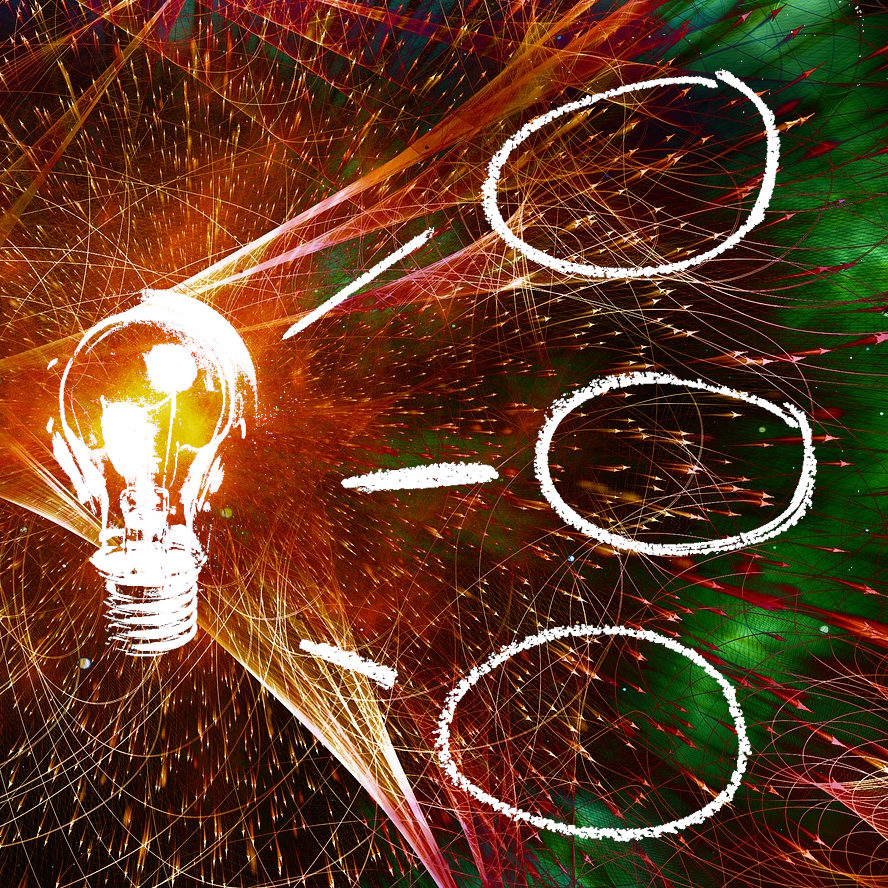
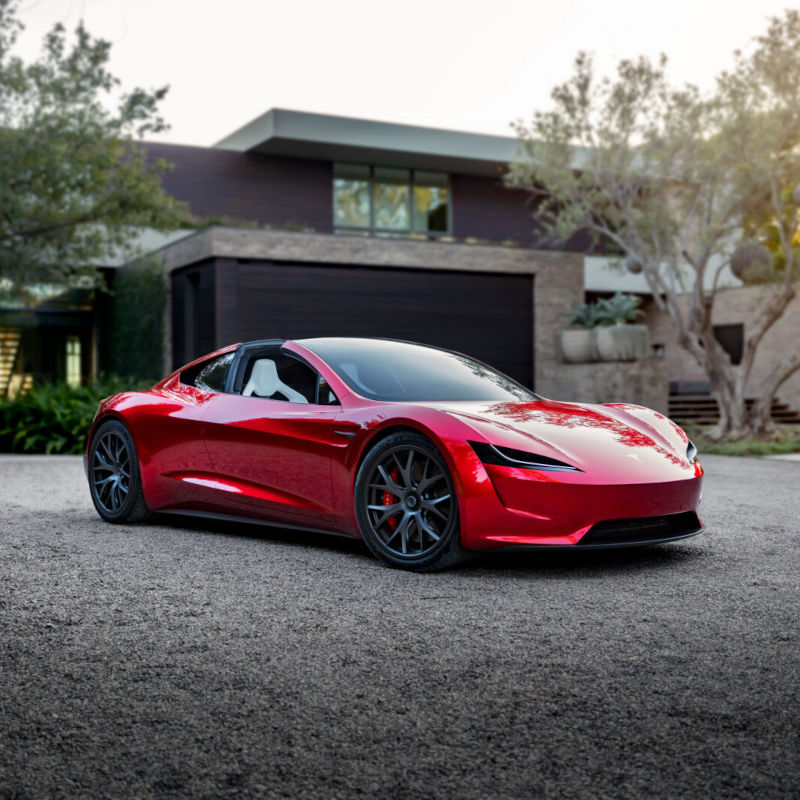
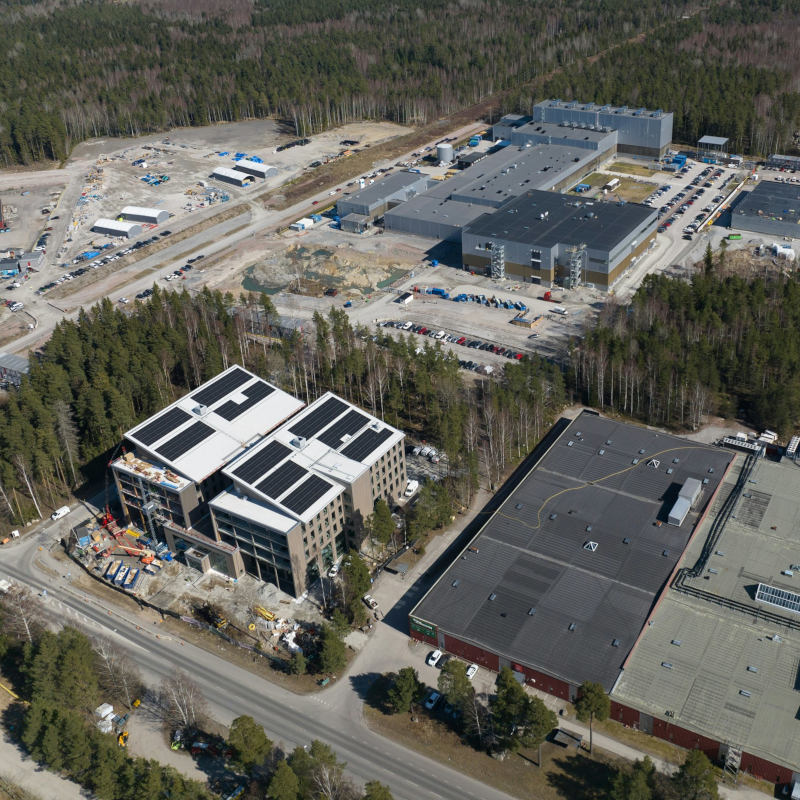
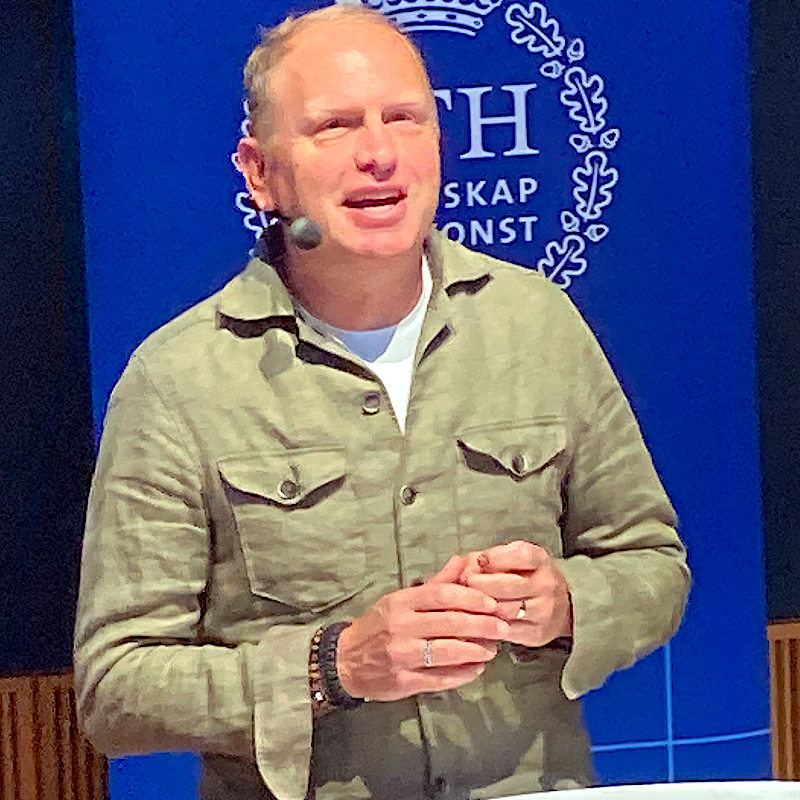
![IKEA meatballs [from IKEA press pack] feat IKEA leverages its supply chains](https://www.rndtoday.co.uk/wp-content/uploads/2025/02/IKEA-meatballs-from-IKEA-press-pack-feat.jpg)



